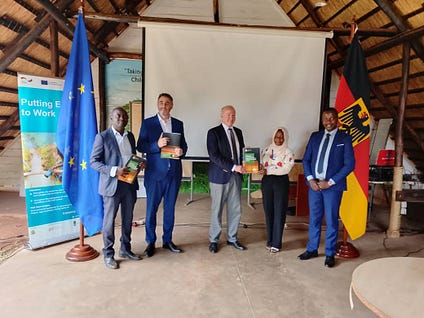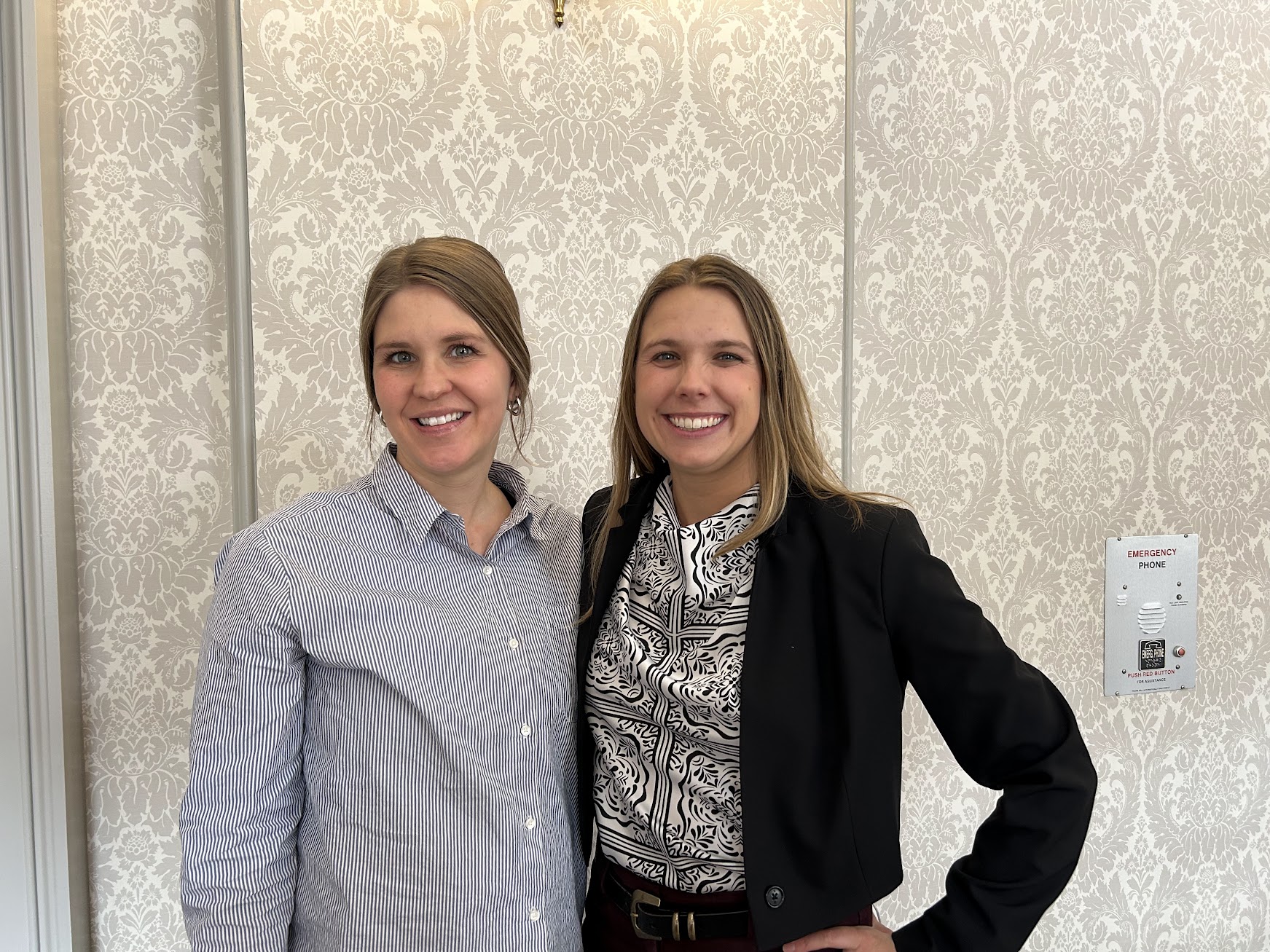US wetlands ‘restored’ using treated sewage tainted with forever chemicals – The Guardian

Report on Wetland Restoration Practices and Conflicts with Sustainable Development Goals
Executive Summary
A widespread practice of using treated wastewater effluent for wetland restoration is introducing significant levels of toxic Per- and Polyfluoroalkyl Substances (PFAS), or “forever chemicals,” into the nation’s ecosystems. While promoted as an environmentally beneficial measure for restoring degraded wetlands, this approach poses a direct threat to wildlife, food webs, and human drinking water sources. This practice fundamentally conflicts with several key United Nations Sustainable Development Goals (SDGs), particularly those concerning clean water, ecosystem health, and public well-being.
Direct Contradiction of SDG 6: Clean Water and Sanitation
The use of PFAS-contaminated effluent undermines the core objective of SDG 6, which aims to ensure the availability and sustainable management of water and sanitation for all. While effluent is treated to remove pathogens, it is not treated for chemical contaminants, leading to the direct pollution of water resources.
- Water Source Contamination: Rivers in regions like the Southwest and California are now “effluent dominated,” meaning their flow consists largely of this contaminated discharge.
- Aquifer Recharge Risks: In Orange County, California, effluent is used to recharge an aquifer that supplies drinking water to 2.5 million people. The same water district is now facing an estimated cost of $1.8 billion to install technology to remove the PFAS it is introducing.
- Failure to Meet Safety Standards: Recent research on 200 California wastewater plants found that PFAS levels in effluent were almost universally thousands of times higher than the safety levels for drinking water proposed by the Environmental Protection Agency (EPA).
Undermining SDG 14 (Life Below Water) and SDG 15 (Life on Land)
The practice of discharging toxic-laden effluent into natural habitats is the antithesis of ecological restoration and directly compromises the targets of SDG 14 and SDG 15, which call for the conservation and restoration of freshwater and terrestrial ecosystems and the halting of biodiversity loss.
- Systemic Ecosystem Poisoning: Large-scale restoration projects, such as those in Louisiana’s bayous and the Florida Everglades, are systematically introducing persistent chemicals that accumulate in soil, water, and wildlife, degrading the entire food web.
- Harm to Wildlife: There is evidence linking PFAS pollution from industrial discharge to severe health problems in wildlife. Documented cases include lupus-like autoimmune diseases in alligators and compromised immune systems in pelicans.
- Misrepresentation of “Restoration”: Environmental advocates and restoration ecologists argue that labeling this practice as “wetland restoration” is profoundly misleading, as it degrades and poisons the very ecosystems it claims to be helping.
Threats to SDG 3 (Good Health and Well-being) and SDG 11 (Sustainable Cities and Communities)
The contamination of water systems with PFAS creates significant risks for human health and exposes failures in creating sustainable and safe communities. This directly opposes the aims of SDG 3 and SDG 11.
- Public Health Risks: PFAS are linked to a range of serious health conditions, including cancer, liver and kidney disease, high cholesterol, and developmental issues. Contaminating drinking water sources creates a direct exposure pathway.
- Unsustainable Municipal Practices: The discharge of untreated chemical waste into the environment represents a failure of sustainable urban infrastructure. The use of misleading terms like “water recycling” conceals these public health risks from communities.
- Regulatory Gaps: The problem is exacerbated by a lack of regulation for chemical contaminants in effluent and what civil engineers describe as a “don’t ask, don’t tell” approach within the wastewater industry, where compliance with inadequate rules is prioritized over public and ecosystem health.
Potential Solutions and Path Forward
Addressing this challenge requires acknowledging the presence of toxins in effluent and developing new treatment methods. A potential strategy involves using engineered ecosystems to achieve true water purification.
- Constructed Treatment Wetlands: One proposed solution is the use of “constructed wetlands,” where effluent is channeled into a controlled environment. Specific plants capable of phytoremediation can absorb PFAS and other contaminants from the water.
- Proper Waste Management: The contaminated plant biomass from these treatment wetlands would need to be harvested and disposed of as hazardous waste to prevent re-entry into the environment.
- Need for Transparency: A critical first step is for the wastewater industry and regulators to acknowledge the problem and re-evaluate the definitions of “clean” and “safe” water to align with the holistic principles of the Sustainable Development Goals.
Identified Sustainable Development Goals (SDGs)
-
SDG 3: Good Health and Well-being
The article connects to this goal by highlighting the serious health risks associated with PFAS “forever chemicals,” which are linked to “cancer, liver disease, kidney issues, high cholesterol, birth defects and decreased immunity.” The contamination of drinking water sources, such as the aquifer in Orange County, directly threatens human health.
-
SDG 6: Clean Water and Sanitation
This is a central theme of the article. It discusses the pollution of water bodies (wetlands, rivers, aquifers) with toxic chemicals from wastewater effluent. The article questions the safety and sustainability of current wastewater treatment and reuse practices, specifically the process of “recycling water” for wetland restoration which fails to remove hazardous substances like PFAS.
-
SDG 12: Responsible Consumption and Production
The article addresses the need for environmentally sound management of chemical waste. It points out the failure of the wastewater industry to manage the “hundreds of thousands of chemicals potentially discharged into sewers,” leading to their unchecked release into the environment. This relates to managing the entire life cycle of chemicals and industrial waste.
-
SDG 14: Life Below Water
The article mentions the use of effluent to restore coastal ecosystems, including the “bayou” in Louisiana and “shorelines” in Florida. The contamination of these marine and coastal environments with toxins from land-based activities (wastewater discharge) directly impacts life below water.
-
SDG 15: Life on Land
This goal is relevant as the article focuses on the degradation of inland freshwater ecosystems, particularly wetlands and rivers. It describes how these ecosystems are being “filled with toxic Pfas” under the guise of restoration, which poisons the food web and harms wildlife, such as alligators and pelicans in North Carolina.
Specific SDG Targets Identified
-
Target 3.9: Substantially reduce deaths and illnesses from hazardous chemicals and pollution
The article directly supports this target by detailing how PFAS chemicals in wastewater effluent contaminate drinking water sources and food webs, leading to a range of “serious health problems” in both humans and animals.
-
Target 6.3: Improve water quality by reducing pollution and increasing safe reuse
The article’s core issue is the failure to improve water quality. It states that wastewater treatment does not remove chemicals like PFAS, leading to pollution. It explicitly challenges the notion that using this effluent for restoration is a “safe reuse” of water, calling the practice misleading.
-
Target 6.6: Protect and restore water-related ecosystems
While the practice described is labeled “wetland restoration,” the article argues it achieves the opposite, causing degradation. It notes that “everything gets degraded and poisoned, and it’s the opposite of restoration,” directly addressing the failure to genuinely protect and restore these ecosystems.
-
Target 12.4: Achieve the environmentally sound management of chemicals and all wastes
The article highlights a systemic failure in managing chemical waste. It points out that “toxic waste is literally being pumped unchecked into the environment” because the wastewater treatment process does not address chemicals, and “few regulations around chemicals exist.”
-
Target 14.1: Prevent and significantly reduce marine pollution from land-based activities
The discharge of contaminated effluent into coastal areas like the Louisiana bayou is a clear example of marine pollution from land-based activities, as described in the article.
-
Target 15.5: Reduce the degradation of natural habitats and halt the loss of biodiversity
The article provides specific examples of habitat degradation and threats to biodiversity. The poisoning of wetlands affects the entire food web and causes specific health problems in wildlife, such as “health problems similar to lupus in alligators” and “immune impacts on pelicans.”
Implied Indicators for Measuring Progress
-
Indicator for Target 6.3: Concentration of hazardous chemicals in water bodies
The article implies this indicator by mentioning that PFAS levels in effluent from California plants were “thousands of times above the level that the Environmental Protection Agency considers safe.” Measuring the concentration of PFAS and other toxins (microplastics, heavy metals) in effluent and in the receiving water bodies would track progress.
-
Indicator for Target 3.9 & 15.5: Incidence of diseases linked to chemical exposure in human and animal populations
The article suggests this indicator by linking PFAS to specific illnesses in humans and wildlife. Tracking the rates of these diseases in populations exposed to contaminated water, such as the “lupus-like” conditions in alligators, would serve as a measure of impact.
-
Indicator for Target 6.6 & 15.1: Health and integrity of water-related ecosystems
The article speaks of “ecosystem health” and how the food web, soil, and water interactions are being “degraded and poisoned.” An indicator would be the biological and chemical assessment of these restored wetlands to determine if they are healthy, functioning ecosystems or contaminated sites.
-
Indicator for Target 12.4: Proportion of wastewater safely treated and reused
The article challenges the definition of “safe” reuse. An effective indicator would therefore not just measure the volume of recycled water, but the proportion that is treated to a standard that removes hazardous chemicals like PFAS before being released into the environment.
Summary of SDGs, Targets, and Indicators
| SDGs | Targets | Indicators |
|---|---|---|
| SDG 3: Good Health and Well-being | 3.9: Substantially reduce deaths and illnesses from hazardous chemicals and pollution. | Incidence of diseases (e.g., cancer, liver disease) linked to chemical exposure in water sources. |
| SDG 6: Clean Water and Sanitation | 6.3: Improve water quality by reducing pollution and increasing safe reuse.
6.6: Protect and restore water-related ecosystems. |
Concentration of PFAS and other hazardous chemicals in wastewater effluent and receiving water bodies.
Health and integrity of “restored” ecosystems (e.g., wetlands, rivers). |
| SDG 12: Responsible Consumption and Production | 12.4: Achieve the environmentally sound management of chemicals and all wastes. | Proportion of wastewater treated to a standard that safely removes hazardous chemicals before reuse or discharge. |
| SDG 14: Life Below Water | 14.1: Prevent and significantly reduce marine pollution from land-based activities. | Levels of land-based pollutants (PFAS, heavy metals) in coastal and marine ecosystems (e.g., bayous, shorelines). |
| SDG 15: Life on Land | 15.5: Reduce the degradation of natural habitats and halt the loss of biodiversity. | Health status and disease prevalence in key indicator species (e.g., alligators, pelicans) within affected habitats. |
Source: theguardian.com

What is Your Reaction?
 Like
0
Like
0
 Dislike
0
Dislike
0
 Love
0
Love
0
 Funny
0
Funny
0
 Angry
0
Angry
0
 Sad
0
Sad
0
 Wow
0
Wow
0

















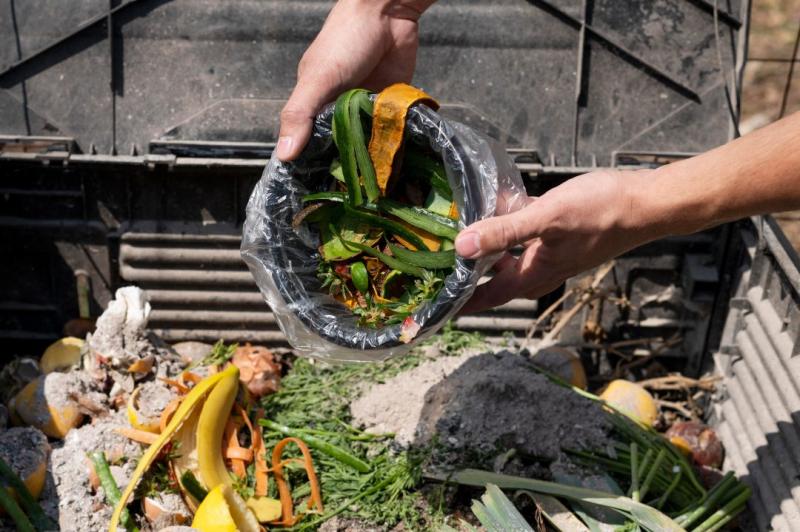








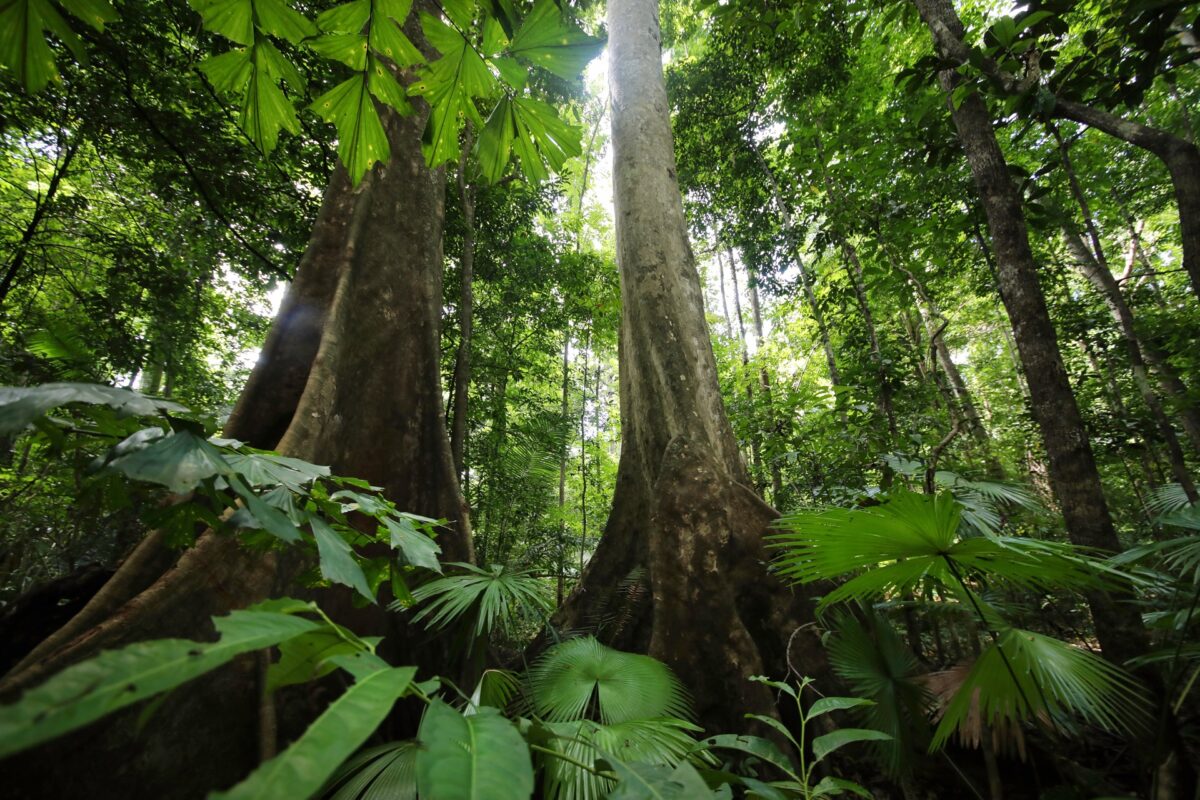




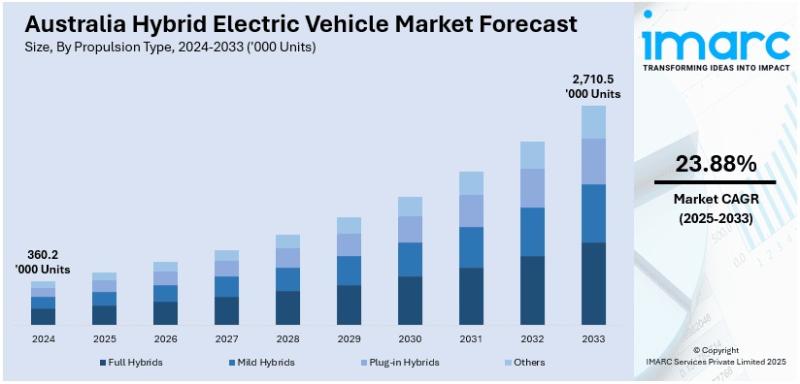

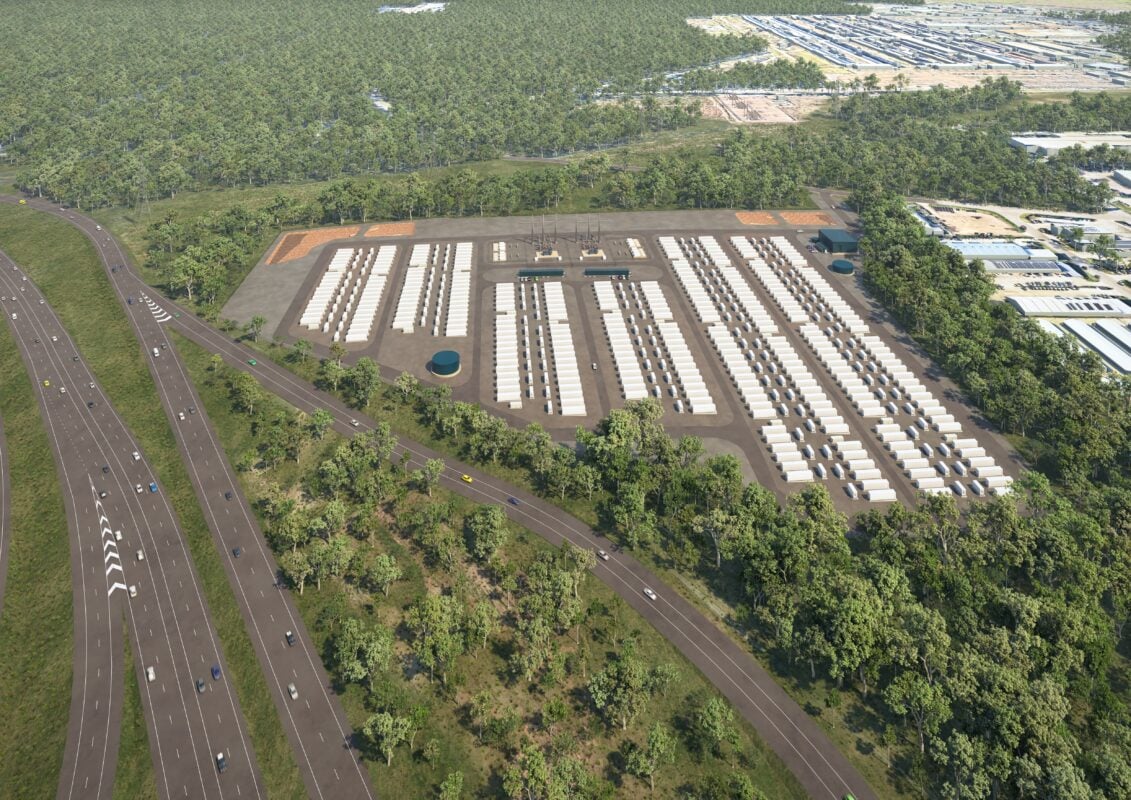



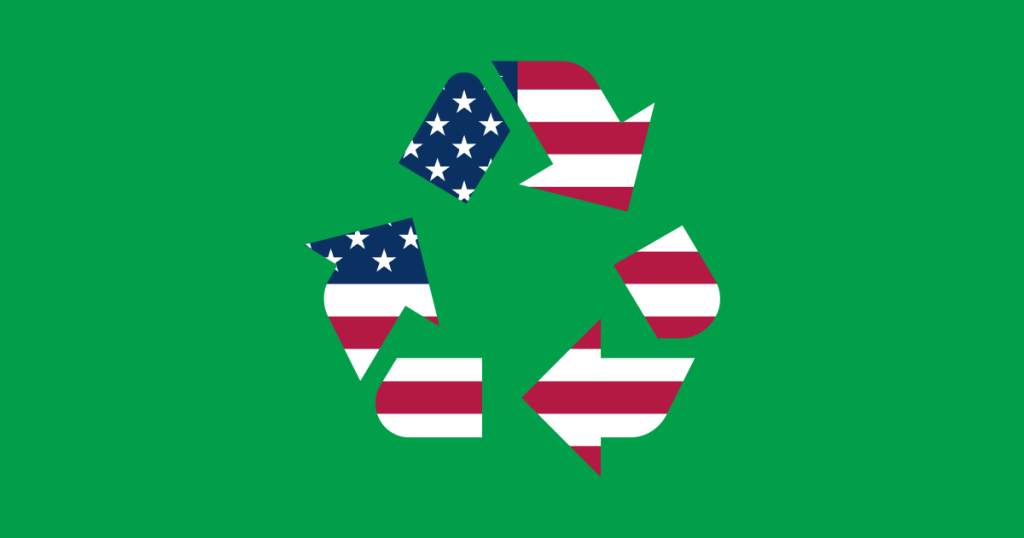





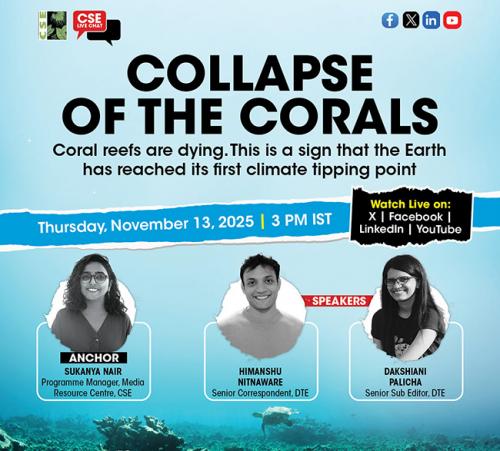









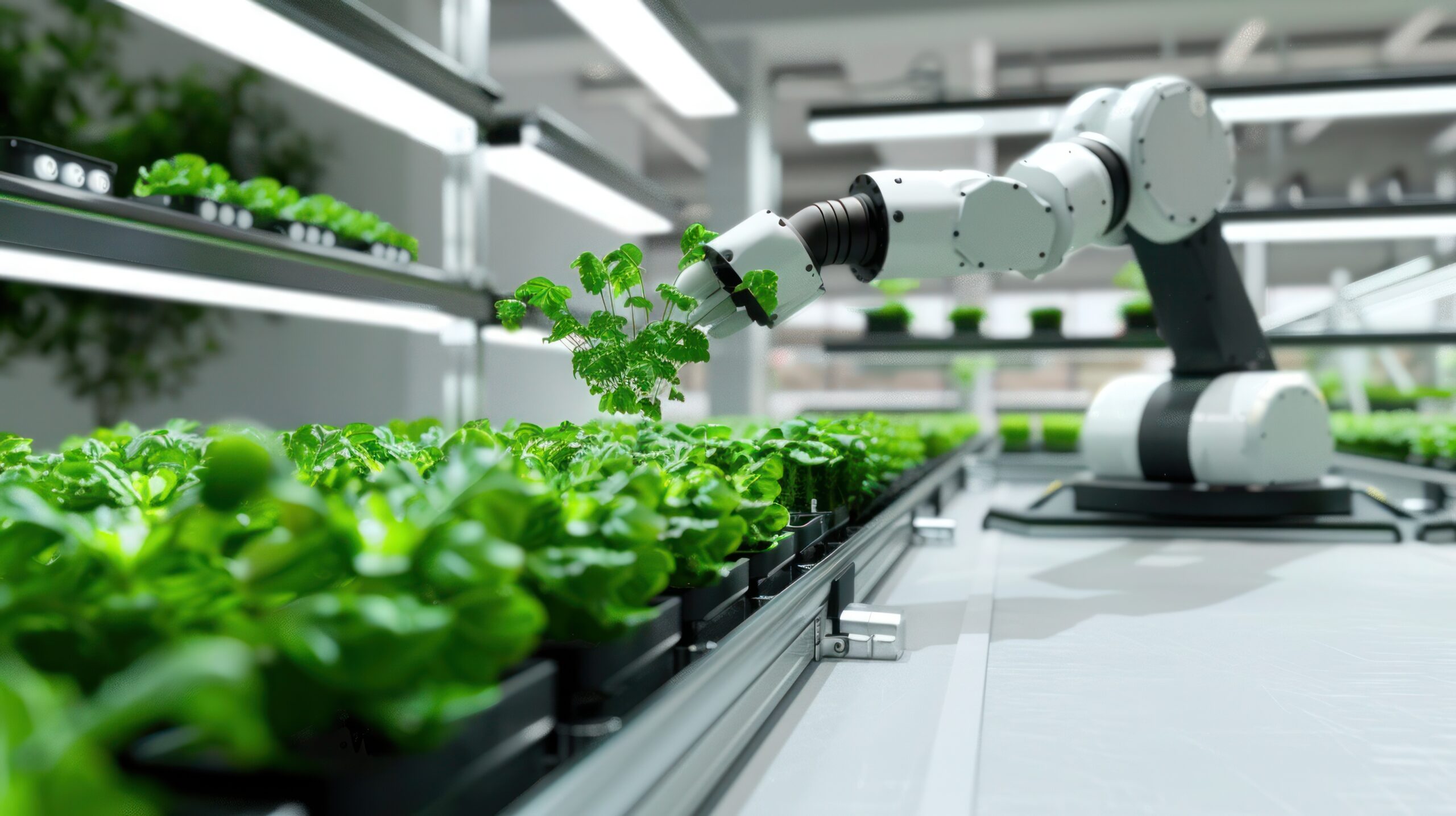
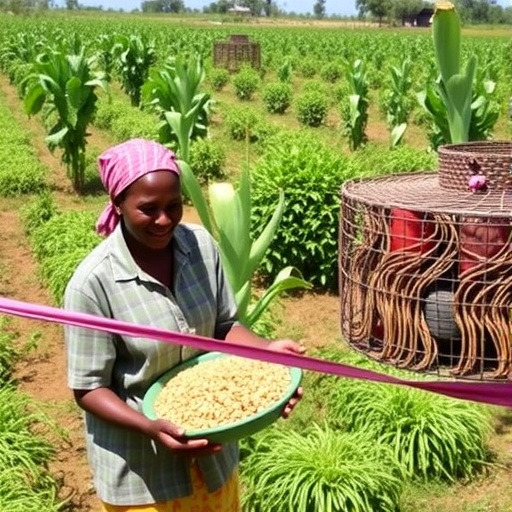
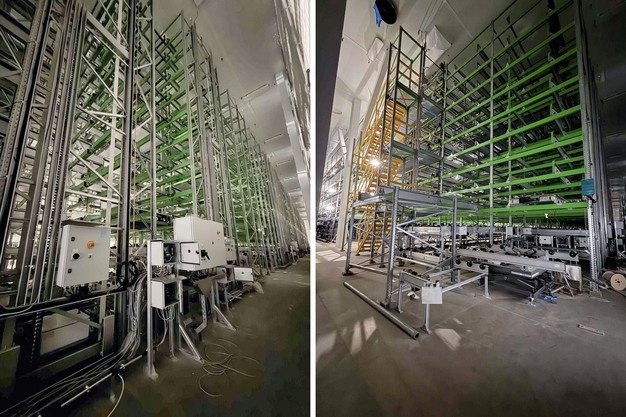



.jpg?#)


